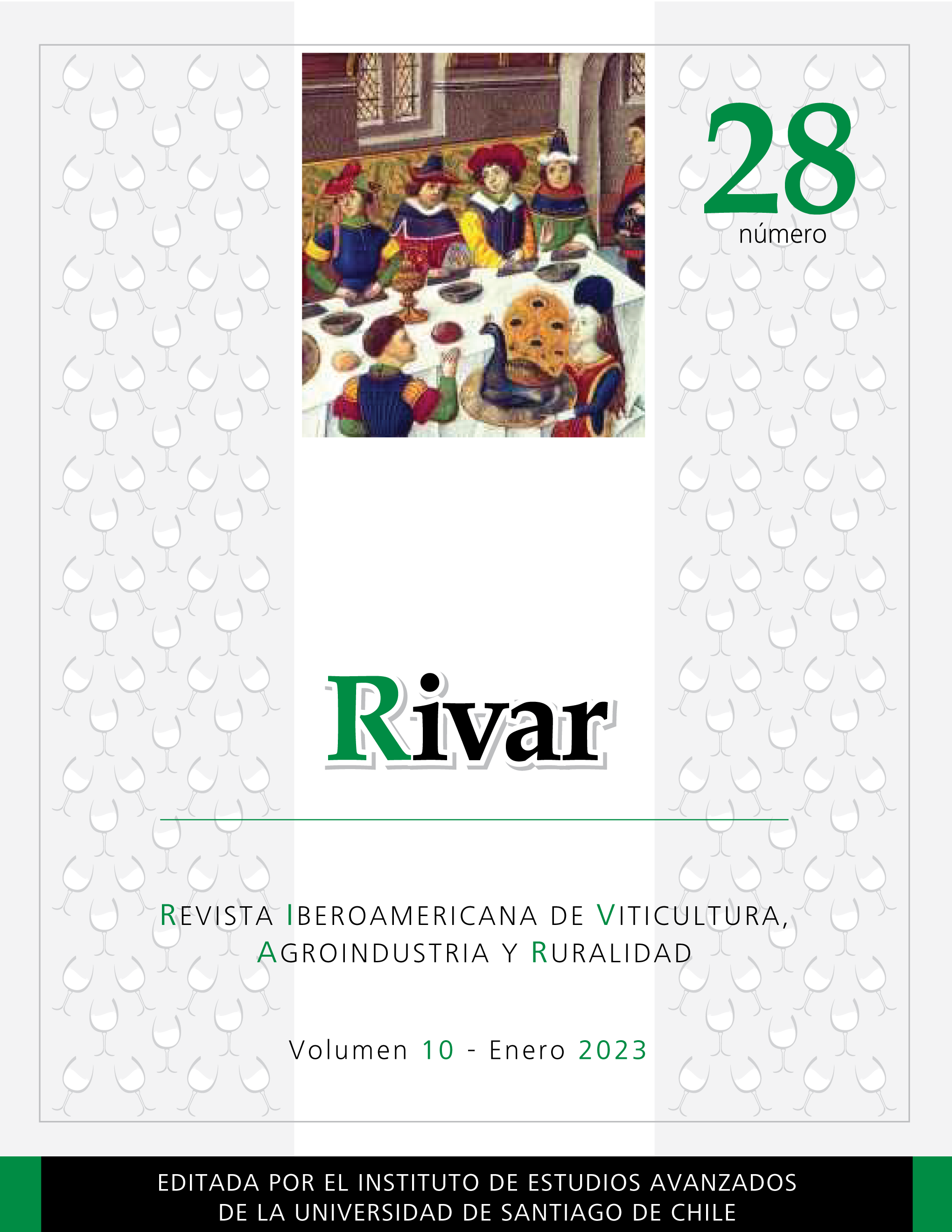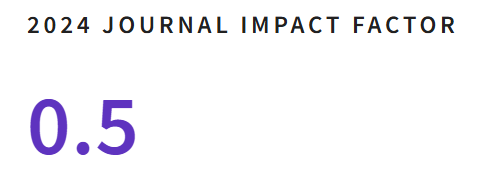The Recent Setback in the Performance of the Argentinian Berries and Cherries Complex
DOI:
https://doi.org/10.35588/rivar.v10i28.5582Keywords:
markets, performance, exports, competition, berries and cherriesAbstract
The characteristics of the Argentinian berries and cherries exporting complex turned out to be suitable for an increasingly exigent global demand in terms of quality and variety. However, during the period considered, the complex could not sustain its supply and the competition displaced its products. The objective is to show quantitative evidence of this phenomenon and shed light on the margin of responsibility that the evolution of the real exchange rate had in Argentina, under the following hypotheses: (1) the impulse of demand has been significant throughout the period; (2) market positioning was based on the ability to compete on price and, once this ability was lost, export performance has been negative, and (3) the evolution of the composition of the export basket has negatively conditioned export performance. Through the decomposition of export growth and analysis of the components’ evolution, using data from BACI-CEPII, period 1999-2018, and according to the Ahmadi-Esfahani (2006) methodology, the proposed hypotheses were verified. The conclusion is that the ability to compete was associated with the real exchange rate behavior, what throughout the period conditioned the export growth.
Downloads
References
Aiani, B. y Ejarque, M. (2019). “Apuntes históricos y transformaciones recientes en los actores y estructura de la producción de frutas finas en la Comarca Andina del Paralelo 42”. En Aparicio, S.; Gehlen, I.; Romero, J. y Vitelli, R. (coords.). Desarrollo rural y cuestión agraria. Buenos Aires, Teseo: 121-147.
Ahmadi-Esfahani, F.Z. (2006). “Constant Market Share Analysis: Uses, Limitations and Prospects”. The Australian Journal of Agricultural and Resource Economics 50: 510-526. DOI https://doi.org/10.1111/j.1467-8489.2006.00364.x
Birgi, J.A. (2018). La agricultura familiar en Santa Cruz y las frutas finas como alternativa. Tesis de maestría. Santiago del Estero, Universidad Nacional de Santiago del Estero.
Braun, M.; Feldman, G.; Junowicz, M. y Roitman A. (2008). El desarrollo de nuevos sectores de exportación en América Latina: Lecciones de 10 casos exitosos. Madrid, Fundación Carolina CeALCI. En https://bit.ly/3kXf02M (consultado 22/12/2022).
Bruzone, I. (2009). “Tiempo de madurez”. Foro Federal de Frutas Finas. Alimentos Argentinos. En https://bit.ly/3y8xtgr (consultado 22/12/2022).
____. (2007). “Frutas finas: berries”. Revista Alimentos Argentinos 39: 31-33.
Caminiti, A. (2005). “Berries, una alternativa para la región”. Instituto Nacional de Tecnología Agropecuaria: 22-29.
Dell’Acqua, A.J.; Moyano, M. y Galván, J. (2019). Comercialización y competitividad del arándano argentino. Tucumán, Universidad Nacional de Tucumán e INTA. En https://bit.ly/3eYj6Uz (consultado 22/12/2022).
Fucci, P.O. (2014). “Sobre la devaluación del verano del 2014”. RED Sociales, Revista Electrónica del departamento de Ciencias Sociales de la Universidad Nacional de Luján 1: 48-71.
García Azcárate, T.; De Pablo Valenciano, J. y Giacinti Battistuzzi, M.A. (2019). “Competitividad internacional de la cereza”. Revista de Fruticultura 108-139.
Gómez-Riera, P.; Bruzone, I. y Kirschbaum D. S. (2014). Serie Documentos de Trabajo N° 23. Visión prospectiva de la cadena de frutas finas al 2030. Buenos Aires, Proyecto MINCYT-BIRF: Estudios del Sector Agroindustria. En https://bit.ly/3zHBkBN (consultado 22/12/2022).
INDEC (2020). Nota metodológica. Complejos exportadores. Revisión 2018. Buenos Aires, INDEC. En https://bit.ly/2VfVPX1 (consultado 22/12/2022).
Kirschbaum, D.S. (2010) “Frutas Finas: la competitividad del sector en riesgo por la crisis mundial”. Revista Indicadores de Evolución de la Provincia de Tucumán 3: 46-50.
Liu, R.H. (2007). “The Potential Health Benefits of Phytochemicals in Berries for Protecting Against Cancer and Coronary Heart Disease”. En Zhao, Y. (ed.). Berry fruit. Value-Added Products for Health Promotion. Boca Raton, CRC Press: 187-203.
Paulino, C.A. (2017). Pulpas de frutos patagónicos: procesos, conservación y desarrollo de alimentos funcionales. Tesis doctoral. La Plata, Universidad Nacional de La Plata.
República Argentina (2020). Código Alimentario Argentino. Capítulo XI, artículo 888. Buenos Aires, República Argentina.
Unión Industrial Argentina (UIA). (2006). Debilidades y desafíos tecnológicos del sector productivo. Frutas Finas (arándanos, cereza, frambuesa y frutilla). En https://bit.ly/3zR8DCz (consultado 22/12/2022).
Viteri, M.L. y Benés, G. (2013). Conducta, dinámica y patrones tecnológicos de la cadena de frutas finas. Ministerio de ciencia, tecnología e innovación productiva. Serie documentos de trabajo N°10. En https://bit.ly/3BGLQLl (consultado 22/12/2022).
Von Bernard, T. y Obschatko, E.S. (2003). Componente A: fortalezas y debilidades del sector agroalimentario. Documento 8: frutas finas. Instituto Interamericano de cooperación para la agricultura (IICA-Argentina). En https://bit.ly/3i5g8zD (consultado 22/12/2022).









